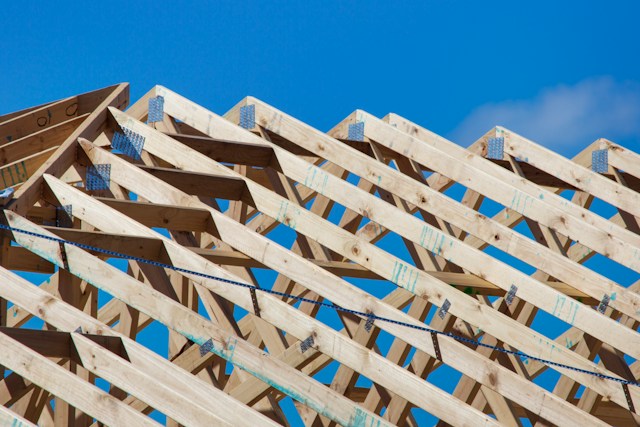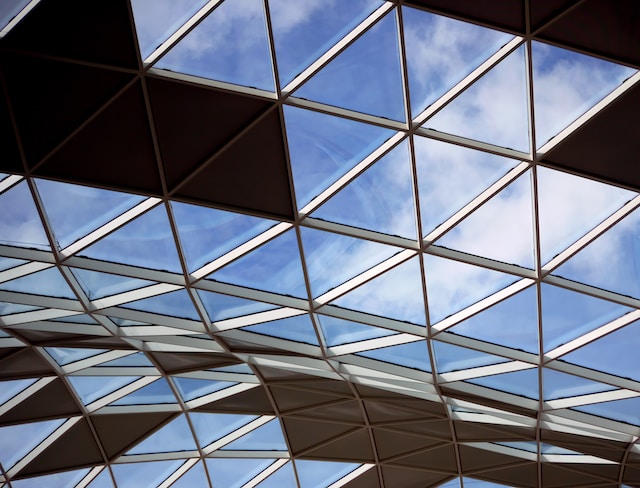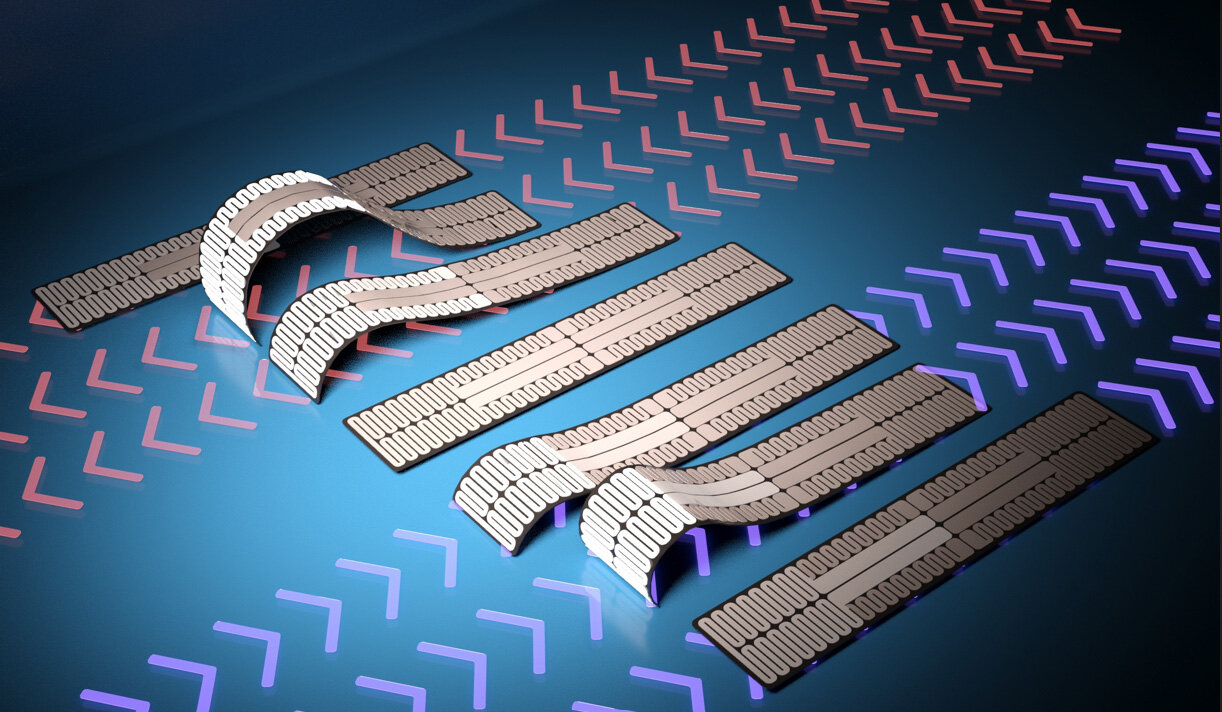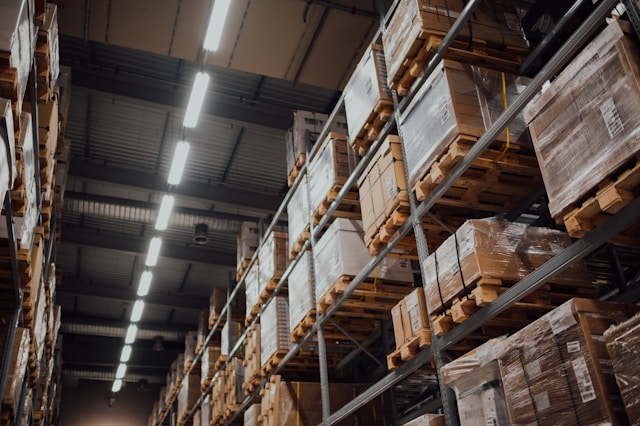Roof materials play a crucial role in the overall integrity and appearance of a residential building. Not only do they provide protection against natural elements, but they also contribute to the architectural design and style of a home.
From traditional shingles to modern metal panels, there are endless options available for homeowners to choose from. But have you ever stopped to consider how these different roof materials impact the overall aesthetic and structural integrity of your home?
In this blog post, we’ll explore the impact of roof materials on residential architectural integrity. Let’s jump in!
Protection Against Natural Elements
One of the most important impacts of roof materials on residential architectural integrity is their ability to provide protection against natural elements. As highlighted by San Antonio roofing professionals, different types of roofs have varying levels of resistance to rain, wind, snow, and other weather conditions. For instance, shingle roofs are known for their durability in withstanding heavy rainfall and strong winds, while metal roofs are more resistant to hail and extreme temperatures.
Having a roof that is able to effectively protect your home from these elements not only ensures the safety and well-being of your family but also maintains the structural integrity of the building in the long run. This makes it essential for homeowners to carefully consider their choice of roof material based on their local climate and weather patterns.
Aesthetic Appearance
Roof materials also have a significant impact on the overall aesthetic appearance of a residential building. Different materials can give a home a traditional, modern, or even rustic look and feel. For example, clay tiles are often associated with Mediterranean or Spanish-style homes, while metal roofs are commonly seen in contemporary houses.
Additionally, roof materials can also help to enhance the architectural design and style of a home. A sloped roof, for instance, can add depth and character to a building, while a flat roof provides a sleek and modern look. Homeowners should carefully consider the aesthetic impact of their choice of roof material to ensure it complements the overall design and adds to the curb appeal of their home.
Durability and Longevity
The durability and longevity of a roof material are other important factors to consider when it comes to residential architectural integrity. A high-quality and sturdy roof can withstand wear and tear over time, ensuring that the structure maintains its strength and stability.
Different materials have varying levels of durability, with some able to last for decades while others may need more frequent repairs or replacements. It’s important for homeowners to not only consider the initial cost of a roof material, but also its long-term maintenance and replacement costs. Investing in a durable and long-lasting roof can save money in the long run and help maintain the architectural integrity of a home.
Energy Efficiency
In today’s world where energy efficiency is becoming increasingly important, roof materials can also have an impact on the energy efficiency of a residential building. Certain materials, such as metal roofs, have reflective properties that help to reduce heat absorption and keep the home cooler in hot climates. This can lead to lower energy bills and a more comfortable living environment.
Additionally, some roof materials are compatible with solar panels or other energy-saving technologies, further increasing the energy efficiency of a home. Homeowners should consider the potential energy-saving benefits of different roof materials when making their choice, as it can impact both their finances and the overall sustainability of their home.
Cost-Effectiveness
The cost-effectiveness of roof materials is another important consideration for homeowners. While some materials may have a lower upfront cost, they may not be as durable or long-lasting as more expensive options. This can result in frequent repairs or replacements which can add up over time.
Additionally, some materials may also have higher installation costs due to their weight or complexity, which should be factored into the overall cost of a roof. Homeowners should carefully consider the potential long-term costs and benefits of different roof materials to ensure they are making a cost-effective choice that will maintain the architectural integrity of their home.
Environmental Impact

Last but not least, roof materials can have an impact on the environment. Some materials, such as asphalt shingles, can contribute to landfill waste when they need to be replaced. On the other hand, options like metal roofs are often made from recycled materials and can also be recycled at the end of their lifespan.
Furthermore, certain roof materials can also help to reduce a home’s carbon footprint by increasing energy efficiency or integrating with renewable energy sources. With growing concerns about environmental sustainability, homeowners should consider the environmental impact of different roof materials when making their choice to contribute to a greener future.
The impact of roof materials on residential architectural integrity is multifaceted and should be carefully considered by homeowners to ensure they are making a choice that meets their functional, aesthetic, and sustainable needs for their home. So next time you’re in need of a new roof, take some time to research and weigh your options to make an informed decision. Let’s keep our homes strong, beautiful, and sustainable for years to come.







